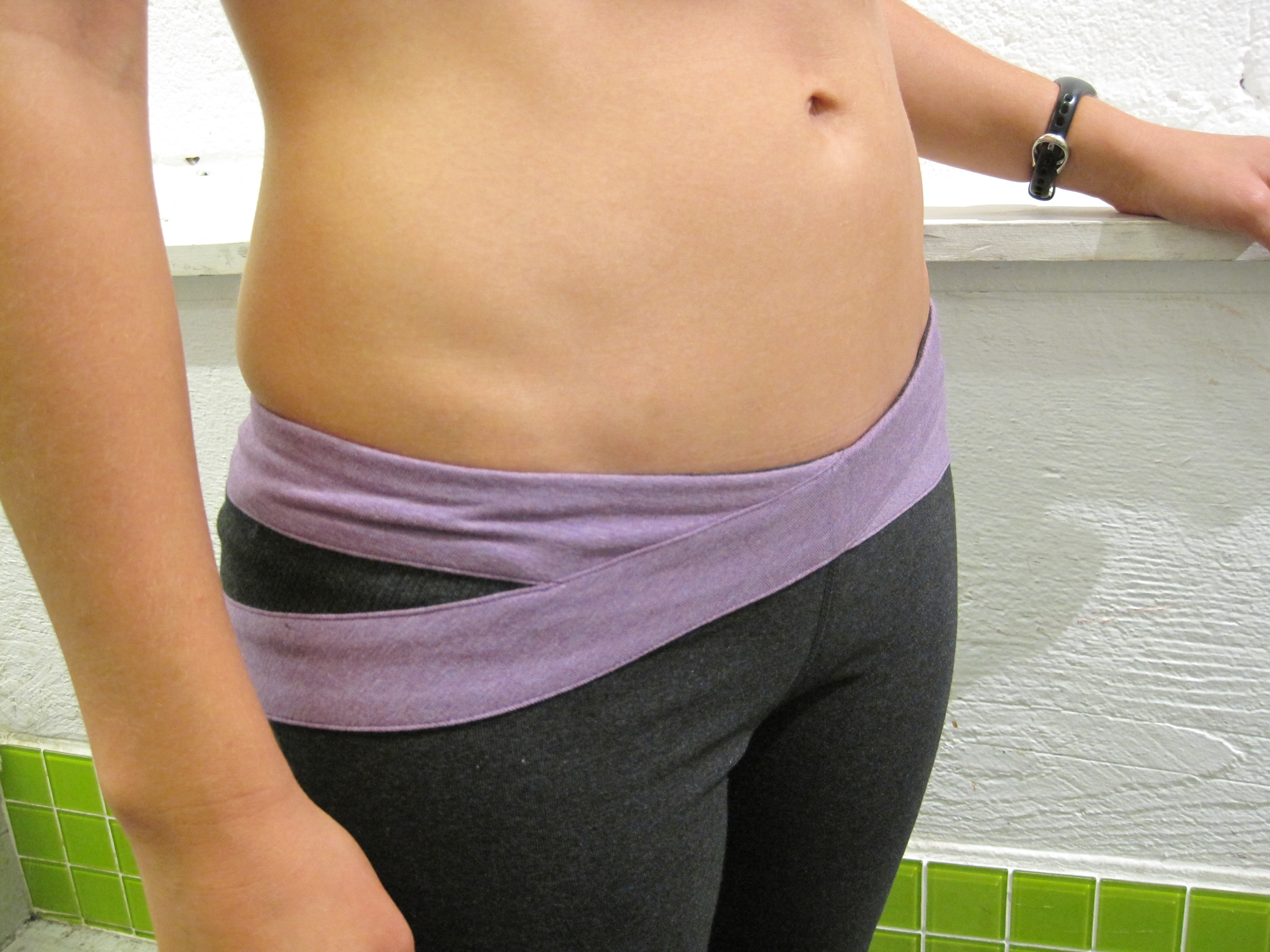Tucking on:
[Wikipedia]
[Google]
[Amazon]
 Tucking is a technique whereby an individual hides the crotch bulge of the penis and testicles so that they are not conspicuous through clothing.
The practice is most commonly employed by
Tucking is a technique whereby an individual hides the crotch bulge of the penis and testicles so that they are not conspicuous through clothing.
The practice is most commonly employed by
 Tucking is a technique whereby an individual hides the crotch bulge of the penis and testicles so that they are not conspicuous through clothing.
The practice is most commonly employed by
Tucking is a technique whereby an individual hides the crotch bulge of the penis and testicles so that they are not conspicuous through clothing.
The practice is most commonly employed by transgender women
A trans woman or a transgender woman is a woman who was assigned male at birth. Trans women have a female gender identity, may experience gender dysphoria, and may transition; this process commonly includes hormone replacement therapy and som ...
, as well as non-binary people who were assigned male at birth and men who do drag, or otherwise desire a more androgynous appearance. There are fertility-related side-effects to tucking, such as a reduced sperm count. Some types of clothing, such as gaffs and bloxers are purposefully designed to conceal the crotch bulge.
Methods
One method of tucking involves pulling the penis backwards in between the legs while simultaneously pushing the testicles up into theinguinal canal
The inguinal canals are the two passages in the anterior abdominal wall of humans and animals which in males convey the spermatic cords and in females the round ligament of the uterus. The inguinal canals are larger and more prominent in males. T ...
. In order to secure this position in place, some practitioners may use especially tight undergarments and a leotard that has a strap. Another practice is the flattening or binding by using tape to fasten the genitalia along the perineum and if possible in between the buttocks. There are also improvised or home-made contrivances whereby an elastic waistband is cut off from an existing garment and then a pouch placed along the middle to then be pulled up.
Some people use purpose-made panty-like garment
Clothing (also known as clothes, apparel, and attire) are items worn on the human body, body. Typically, clothing is made of fabrics or textiles, but over time it has included garments made from animal skin and other thin sheets of materials ...
s, often called gaffs, that serve to hide the genitalia and provide a feminine flat and smooth crotch
In humans, the crotch is the bottom of the pelvis (the region of the body where the legs join the torso) and is often considered to include the groin and genitals.
Etymology
''Crotch'' is derived from ''crutch''; it "was first used in 1539 to ...
area.
Other
The practice of tucking is also observed among cisgender men for reasons other than appearing female, done in different manners. Some cisgender men do it because they have dysmorphophobia with regards to their genital bulge. For other men it is due to feeling embarrassment, while others do it to hide an erection, to desexualize themselves out of a sense of prudishness orphallophobia
Phallophobia in its narrower sense is a fear of the erect penis and in a broader sense an excessive aversion to masculinity.
Terminology
Alternative terms for this condition include ithyphallophobia or medorthophobia. An individual who has the co ...
or because the bulge is prominent at an inappropriate moment. Methods of tucking include placing the penis behind the waistband sometimes colloquially referred to as ''uptuck'' while some men may wear purposefully designed compressing underwear. Variations of tucking may be used by macrophallic men when they perceive their crotch bulge to have an obscene appearance. There are some types of boxer shorts
Boxer shorts (also known as loose boxers or as simply boxers) are a type of undergarment typically worn by men.
The term has been used in English since 1944 for all-around-elastic shorts, so named after the shorts worn by boxers, for whom unhinde ...
and boxer briefs
Boxer briefs (sometimes spelled boxer-briefs or called tight boxers, also known as A-Fronts) are a hybrid type of men's undergarment which are long in the leg, similar to boxer shorts, but tight-fitting like briefs. They emerged as a style in the ...
that are designed to conceal the male crotch bulge, such as bloxers.
References
{{Transgender footer Cross-dressing Gender transitioning Trans women Human appearance Body shape Penis